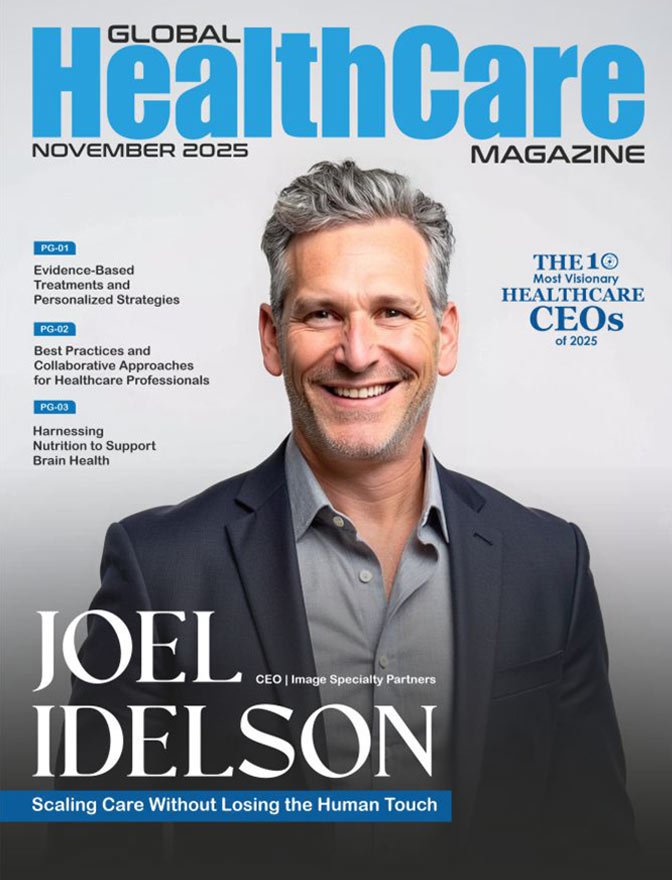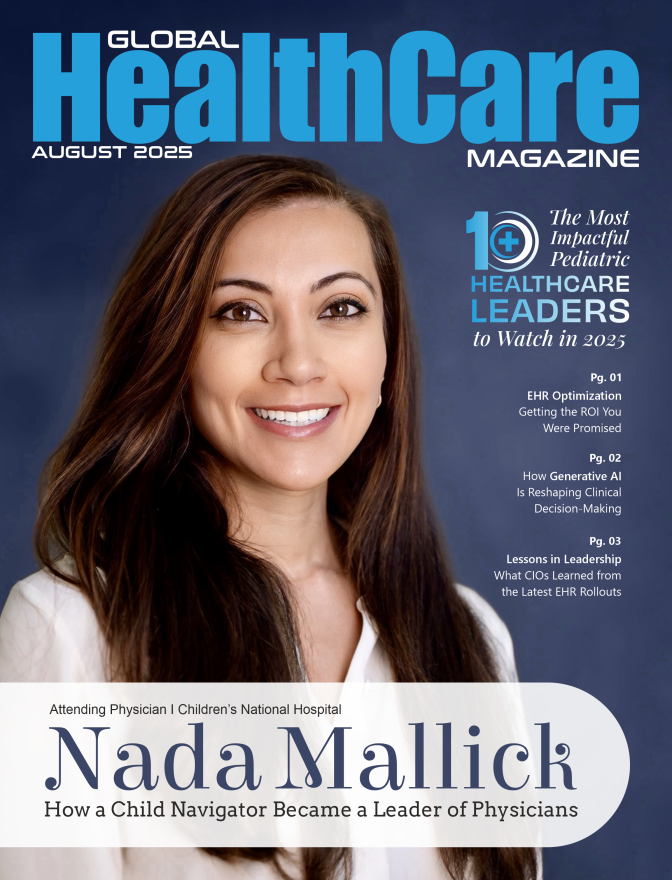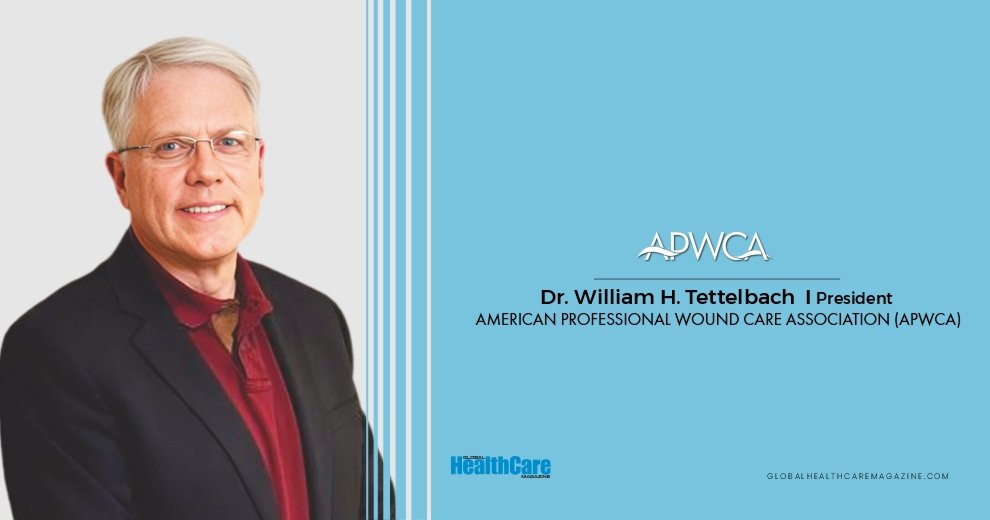Rift Valley Fever (RVF) is once again making headlines as Senegal’s outbreak claims several lives and prompts public health alerts. In early October 2025, Senegal confirmed dozens of infections and at least 11 deaths linked to the virus.
While most reports focus on human health impacts, an equally crucial story lies on the farms, where outbreaks often begin. This is where farm-level prevention, from veterinary inspection to safe animal handling, can make all the difference.
This article looks at how animal health ties into human health and why veterinary services are key to preventing the next major RVF outbreak.
From Animals to Humans: How RVF Spreads
Rift Valley Fever is caused by a virus that primarily affects animals such as sheep, goats, cattle, and camels. When infected animals fall sick, they often show signs like fever, weakness, abortions in pregnant livestock, or sudden death.
Humans usually get infected in two ways:
- Through mosquito bites, especially after heavy rains and flooding, when mosquito populations rise.
- Through direct contact with infected animal blood or tissues, during slaughtering, animal care, or veterinary work.
This close animal-human interface makes veterinary surveillance and livestock management essential in breaking the chain of transmission.
Current Landscape of RVF
Rift Valley Fever is not new. It was first identified in Kenya in the 1930s and has since appeared in several African countries and parts of the Arabian Peninsula. Outbreaks often follow periods of heavy rainfall or flooding, which boost mosquito populations.
- Senegal’s current RVF outbreak has affected multiple regions, including Saint-Louis.
- Livestock deaths and human infections were reported almost simultaneously.
- The World Health Organisation (WHO) and Senegal’s Ministry of Health are now monitoring the situation closely.
- Unlike many diseases, RVF doesn’t spread primarily through person-to-person contact but from animals to humans, highlighting the vital role of veterinary services.
This intersection of animal health and human health is a perfect example of the One Health approach. It is a framework that recognises the close connection between people, animals, and the environment.
Livestock Health in Rift Valley Fever Prevention
Healthy animals can act as an early warning system for potential human outbreaks. When livestock get infected, their symptoms often appear before human cases. This can allow veterinarians and health authorities to detect problems and act faster.
Key factors that make livestock care crucial:
- Animals are early indicators:
A sudden increase in livestock deaths, miscarriages, or illness often signals Rift Valley Fever activity.
- Livestock serve as amplifiers:
Infected animals can carry high levels of the virus in their blood, making it easy for mosquitoes or direct contact to spread it to humans.
- Rural communities are at the frontline:
Farmers, herders, and abattoir workers are often exposed first, making livestock protection a frontline defence strategy.
Role of Veterinary Inspection and Animal Surveillance
Early detection starts with a veterinary inspection. Regular monitoring of livestock herds allows professionals to:
- Spot unusual animal deaths or abortions quickly.
- Test samples for RVF and report cases to national authorities.
- Launch quarantine or movement control measures to limit the spread.
- Alert public health officials before widespread human infection occurs.
Surveillance challenges remain, especially in remote or rural regions, where veterinary services are stretched thin. Some areas may have only one or two veterinary officers covering large distances.
Livestock Vaccination and Its Challenges
While vaccines for animals exist and are effective, their use is often limited to outbreak response or targeted campaigns.
Many low-resource regions face:
- Limited vaccine supply
- Logistical challenges in transporting vaccines to remote areas
- Lack of cold chain infrastructure (temperature-controlled storage)
- Inconsistent funding for veterinary programs
In Senegal and similar countries, expanding vaccination coverage could significantly reduce the risk of spillover to humans during high-risk seasons.
Safe Animal Handling and Burial Practices
Direct contact with infected animal blood or tissues is another common route of human infection. This is particularly risky during:
- Slaughtering or handling carcasses
- Assisting with animal births
- Disposing of dead animals
Simple but critical safety measures can lower the risk:
- Wearing gloves and protective clothing
- Properly disposing of animal waste
- Safe burial or incineration of carcasses
- Educating farmers and herders on infection control
Gaps in Resources and Rural Infrastructure
Even with clear strategies, practical challenges stand in the way:
- Limited veterinary workforce: Many rural regions lack trained personnel.
- Inadequate lab capacity: Delays in testing mean missed opportunities for early control.
- Low awareness among livestock owners: Without community education, early signs often go unreported.
- Poor connectivity: Difficulties in transporting animals or samples slow down the response.
Investing in community-based animal health workers, mobile vet clinics, and farmer training programs could bridge these gaps.
One Health Approach: Human Health & Animal Health
The One Health approach emphasises the connection between human, animal, and environmental health.
Rift Valley Fever is a textbook case:
- Animal infections rise first, often due to environmental triggers like heavy rains.
- Veterinary surveillance detects cases, alerting human health systems.
- Rapid farm-level action, like vaccination, safe disposal, or movement restrictions, can prevent larger human outbreaks.
This integrated approach isn’t just good science; it’s a cost-effective way to prevent epidemics before they start.
Conclusion
Senegal’s current Rift Valley Fever outbreak is a powerful reminder that protecting animal health protects human health. Veterinary inspection, vaccination, and safe handling practices are not side issues, but they are central pillars of outbreak prevention.
As the world faces more climate-driven infectious disease threats, investing in livestock health systems and rural veterinary infrastructure isn’t just about animal welfare. It’s a public health necessity.



















